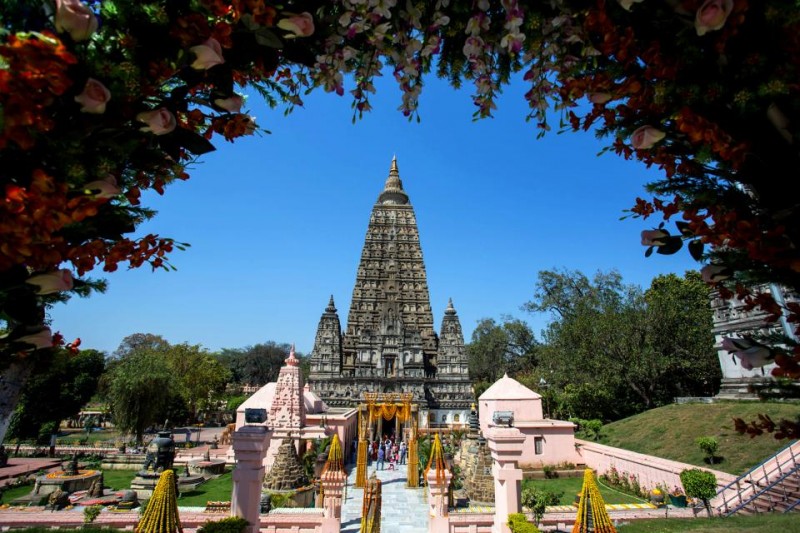
Gaya, Bihar, India is a land steeped in history, culture, and spirituality. One of its most iconic landmarks is Sati's Eye, a place that holds deep significance in the hearts of millions. In this article, we will delve into the captivating history of Gaya, explore the mystical story behind Sati's Eye, and discover why this place continues to draw pilgrims and tourists from all over the world.
Gaya, located in the northeastern state of Bihar, is a city that resonates with history dating back thousands of years. Here, history unfolds like a vivid tapestry, and every corner of the city tells a tale. Let's explore some key historical aspects:
Gaya finds its mention in ancient Hindu scriptures like the Mahabharata and the Ramayana, cementing its historical roots in Indian mythology. It is believed to have been a part of the Magadh region, a powerful kingdom in ancient India.
Gaya holds immense significance in Buddhism as well. It is here, under the Bodhi Tree, that Siddhartha Gautama attained enlightenment and became the Buddha. The Mahabodhi Temple, a UNESCO World Heritage site, stands as a testament to this profound event.
During the reign of Emperor Ashoka, the Mauryan Empire's capital was Pataliputra, located near modern-day Patna, Bihar. Gaya, as a part of this empire, flourished culturally and spiritually.
Gaya has always been a center of spirituality and pilgrimage for Hindus. It is believed that performing ancestral rites in Gaya helps liberate the souls of departed loved ones. This tradition continues to draw pilgrims to the city.
Now, let's turn our attention to the enigmatic Sati's Eye, a place of profound historical and religious significance. This mysterious site has a unique story behind its name:
According to Hindu mythology, Sati was the first wife of Lord Shiva. She immolated herself in protest against her father's disrespect for her husband during a grand yajna (sacrificial ritual). In his grief and anger, Lord Shiva danced the dance of destruction, carrying Sati's charred body on his shoulder. It is believed that Sati's eye fell at this very spot in Gaya.
Sati's Eye is a symbol of unwavering devotion and sacrifice. Pilgrims visit this site to pay their respects and seek blessings for their families. The natural formation, resembling an eye, is said to represent the watchful gaze of the divine.
Devotees perform various rituals at Sati's Eye, including offering flowers, incense, and prayers. It is a place where faith and spirituality intertwine, creating a serene and sacred atmosphere.
Sati's Eye continues to be a place of great importance for those seeking spiritual solace. But what makes it so enduringly appealing? Let's explore:
The strong spiritual aura surrounding Sati's Eye draws not only Hindus but also people from diverse backgrounds. It serves as a testament to India's rich tapestry of religious diversity.
Gaya is home to numerous temples and architectural marvels. The intricate designs and historical significance of these structures captivate visitors and historians alike.
Gaya's cultural diversity, influenced by centuries of history and various rulers, is reflected in its art, music, and cuisine. It's a place where tradition and modernity coexist harmoniously. In conclusion, Gaya, Bihar, India, is a city that wears its history proudly, and Sati's Eye is a gem within its historical crown. The stories and legends that have woven the tapestry of this city continue to inspire awe and reverence. As pilgrims and tourists flock to Gaya to witness the mystical charm of Sati's Eye, one thing remains certain – the rich history of this city will continue to enchant generations to come.
The Religious Scholar Who Brought Authenticity to 'Mulk'
Bihar Govt Releases Caste-Based Survey Results: Know About OBCs and EBCs